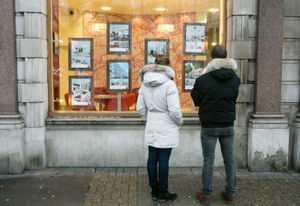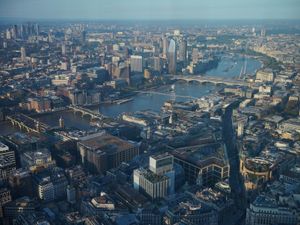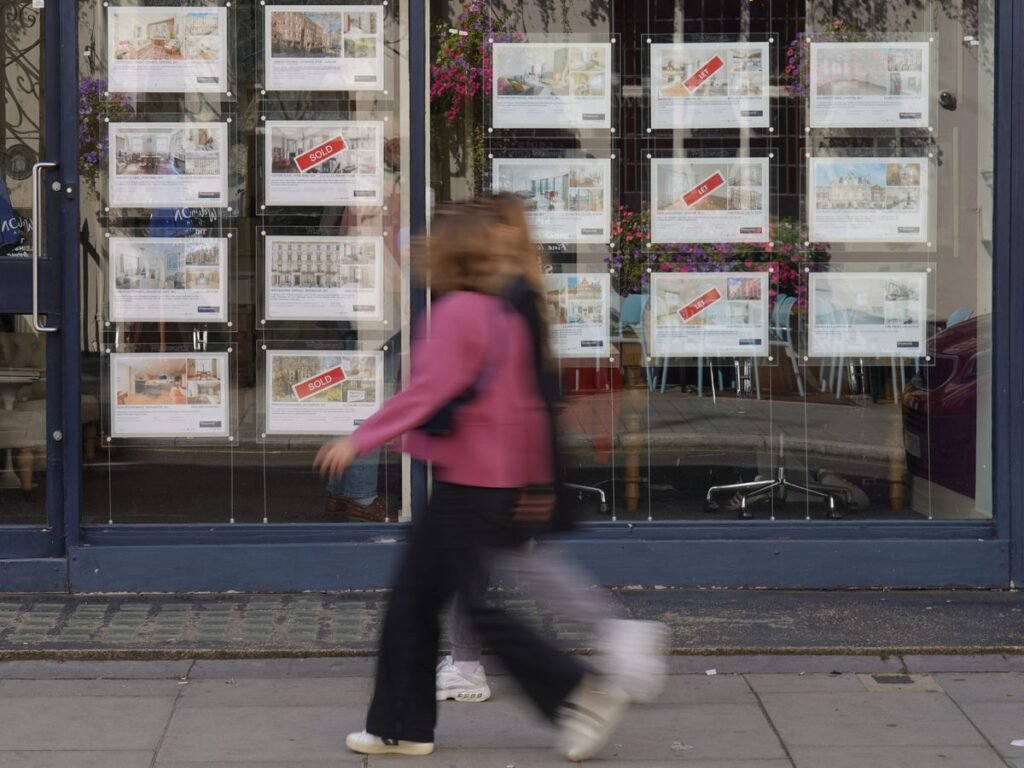Nationwide Building Society said there has been a 2.3 per cent annual increase in the value of homes in our region.
It says the average house for the region, which includes the Black Country, Staffordshire and Shropshire, is now £248,576.
That puts it ahead of the East Midlands, where houses are selling for around £236,000 on average. And it compares to one of the lowest house price areas, Wales, with an average of £212,000.

While prices have risen over the last 12 months, there are signs of a slowdown in the market.
Nationally, the average house price actually dipped by 0.8 per cent month-on-month in June, according to an index.
Across the UK, the typical property value in June was on average £271,619, Nationwide Building Society said. That puts the West Midlands more than £20,000 behind.
The annual UK rate of house price growth slowed, to 2.1 per cent in June, from 3.5 per cent in May.
Here are average house prices and the annual increase in the second quarter of 2025:
West Midlands , £248,576, 2.3%
Northern Ireland , £208,686, 9.7%
North East, £167,259, 5.5%
Scotland , £189,311, 4.5%
North West, £222,643, 4.2%
Outer Metropolitan, £431,084, 2.9%
Outer South East , £340,736, 2.6%
Wales , £212,969, 2.6%
South West, £308,349, 2.4%
Yorkshire and the Humber, £211,318, 2.3%
East Midlands , £236,326, 2.0%
London , £532,449, 1.4%
East Anglia , £273,474, 1.1%
Robert Gardner, Nationwide’s chief economist, said: “The softening in price growth may reflect weaker demand following the increase in stamp duty at the start of April.
“Nevertheless, we still expect activity to pick up as the summer progresses, despite ongoing economic uncertainties in the global economy, since underlying conditions for potential home buyers in the UK remain supportive.”
Nationwide said its regional house price figures, which are produced quarterly, indicate that the majority of areas have seen a modest slowdown in annual house price growth.
Mr Gardner added: “Northern Ireland remained the strongest performer by a wide margin, though it did see a slowing in annual price growth to 9.7 per cent, from 13.5 per cent in the first quarter of the year.”

Looking at different types of property, Mr Gardner said: “Our most recent data by property type shows that terraced houses have seen the biggest percentage rise in prices over the last 12 months, with average prices up 3.6 per cent year-on-year.
“Flats saw a further slowing in annual price growth to 0.3 per cent, from 2.3 per cent last quarter. Semi-detached properties recorded a 3.3 per cent annual increase, while detached properties saw a 3.2 per cent year-on-year rise.”
Tom Bill, of UK residential research at Knight Frank, said: “The legacy of the March stamp duty cliff edge is high supply and softer demand, which is putting downwards pressure on house prices.”
Jason Tebb , president of OnTheMarket, said: “There is still plenty of evidence of steady activity in the housing market, despite a considerable number of buyers bringing forward transactions in order to take advantage of the stamp duty holiday before it ended in March.
“Average house prices are being kept in check by the increase in stock, which exceeds supply in some areas.”
Sarah Coles, of Hargreaves Lansdown said: “Optimists can spy a few green shoots in the housing market.as mortgage approvals picked up in May.”
, and given that interest rates are trending downwards, wages are still rising ahead of inflation and unemployment remains relatively low, there are some firm foundations in place if mortgage rates start to bring property prices within reach.
“Pessimists will point out that wage rises are slowing and unemployment is growing. And while mortgages are gradually falling, they’re not doing so fast, or in a straight line, so deals aren’t suddenly becoming much more affordable overnight.
“If you’re struggling to sell, it’s incredibly frustrating. The key is to price realistically, and get your finances in order while you wait.”

